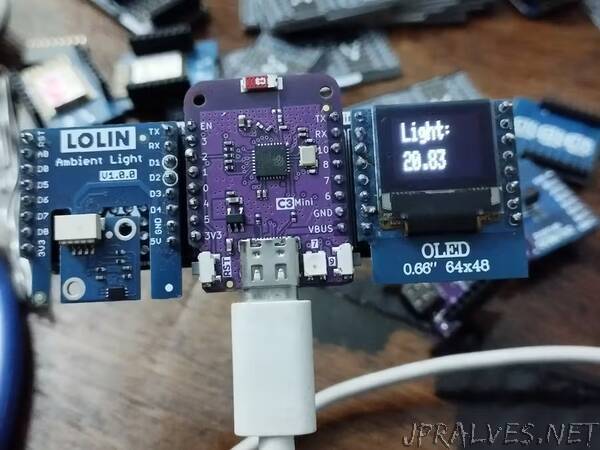
“Measure light like a pro! Build your own Luxmeter with our DIY kit. Accurate readings, customizable design. Shed light on your world!
This is how I build my Luxmeter for Measuring Light LevelsIntroduction:In a world filled with technology, the importance of measuring light levels often goes unnoticed.
From optimizing indoor lighting to monitoring outdoor conditions, a luxmeter becomes an essential tool. With readily available components and a dash of creativity, I embarked on a journey to build my very own DIY luxmeter using a BH1750 light sensor, an ESP32-C3-MINI microcontroller, a crisp 0.66-inch OLED display, and a triple adapter. This is the story of how I brought light measurement into my own hands!
Understanding the components:- BH1750 Light Sensor: A compact and precise digital light sensor, capable of measuring ambient light intensity.- ESP32-C3-MINI: A powerful microcontroller offering Wi-Fi and Bluetooth connectivity.- 0.66-inch OLED Display: A small yet vibrant OLED display for visualizing light readings.- Triple Adapter: The backbone that connects all components seamlessly.
Gathering the ToolsMy journey began by sourcing the necessary components. With the BH1750 light sensor, ESP32-C3-MINI, OLED display, and triple adapter in hand, I was ready to dive into the world of luxmetry.
Assembling the PuzzleAssembling the luxmeter required careful connections. The BH1750 sensor connected to the ESP32-C3-MINI via the I2C protocol. The OLED display was integrated to showcase real-time light readings, while the triple adapter acted as a central hub for power and connections. With connections double-checked, the luxmeter started to take shape.”
